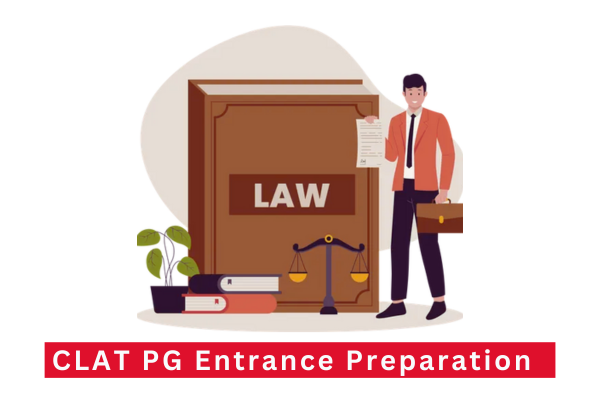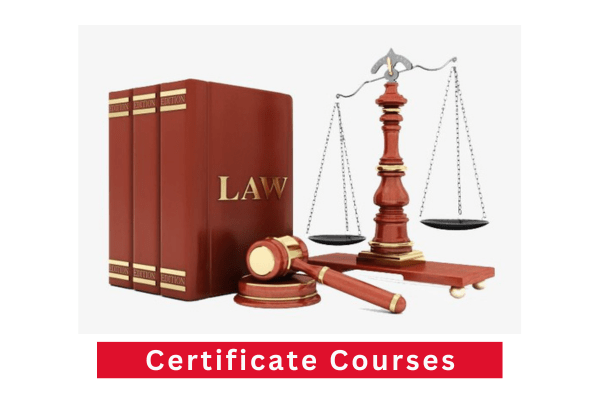
Gagné's Nine Levels of Learning: A Roadmap for Effective Instruction
Instructional design isn't just about throwing information at learners and hoping for the best. There's a science to how people learn effectively, and one of the most influential models in the field is Gagné's Nine Levels of Learning. Developed by educational psychologist Robert Gagné, this framework provides a step-by-step roadmap for creating engaging and successful learning experiences.
Understanding Gagné's Model
Gagné's Nine Levels of Learning outline the essential conditions that support the learning process, both internally within the learner and externally through instructional design:
- Gaining Attention (Reception): Capture the learner's interest and focus them on the topic at hand.
- Informing Learners of the Objective (Expectancy): Clearly state what the learners can expect to gain by the end of the lesson.
- Stimulating Recall of Prior Learning (Retrieval): Activate prior knowledge and connect it to the upcoming content.
- Presenting the Stimulus (Selective Perception): Deliver the main lesson content in an organized and engaging format.
- Providing Learning Guidance (Semantic Encoding): Provide scaffolding, examples, and support to aid comprehension.
- Eliciting Performance (Responding): Give learners opportunities to practice and demonstrate their understanding.
- Providing Feedback (Reinforcement): Offer constructive feedback on performance, reinforcing correct understanding and addressing misconceptions.
- Assessing Performance (Retrieval): Assess learners' mastery of the stated objectives and new skills.
- Enhancing Retention and Transfer (Generalization): Promote the ability to apply knowledge and skills in diverse situations.
Why Use Gagné's Nine Levels of Learning?
Gagné's model offers several benefits to both educators and learners:
- Structured Approach: It provides a clear, organized framework for designing effective lessons, simplifying the instructional design process.
- Learner-Centered Focus: The model emphasizes the internal cognitive processes of the learner, promoting learning designs that consider how people truly learn.
- Adaptability: The Nine Levels can be applied to various instructional formats and content areas.
- Enhanced Learning Outcomes: When implemented thoughtfully, Gagné's framework supports deeper understanding, better retention, and the ability to apply knowledge in new contexts.
Implementing Gagné's Nine Levels of Learning
Here's how to translate Gagné's theory into effective classroom practices:
Level 1: Gaining Attention
- Novelty: Introduce a surprising statistic, a compelling image, or a thought-provoking story.
- Relevance: Clearly connect the lesson material to learners' lives or prior experiences.
- Active Participation: Engage students with short quizzes, polls, or a quick brainstorm session.
- Variety: Mix up presentation methods (video, audio, visuals) to maintain interest.
Level 2: Informing Learners of the Objective
- Learning Outcomes: State clearly what students should know or be able to do by the end of the lesson.
- Benefits: Explain why the material matters and how it will help the learner.
- Transparency: Share the lesson structure and timeline with students.
Level 3: Stimulating Recall of Prior Learning
- Review: Briefly revisit previous concepts that connect to the current lesson.
- Discussion: Facilitate a discussion to activate prior knowledge and identify potential misconceptions.
- KWL Chart: Have students create a KWL chart (Know-Want to Know-Learned) to connect past learning to new learning.
Level 4: Presenting the Stimulus
- Organization: Chunk the content into manageable segments.
- Clarity: Use clear language, visuals, and examples.
- Multiple Modalities: Present information in multiple ways (written, spoken, visual) to cater to diverse learning styles.
Level 5: Providing Learning Guidance
- Scaffolding: Break down complex tasks into smaller steps with support.
- Modeling: Demonstrate skills or processes step by step.
- Elaboration: Encourage connections between new concepts and existing knowledge.
- Thinking Aloud: Verbalize your own thought process when problem-solving.
Level 6: Eliciting Performance
- Practice Opportunities: Provide a variety of activities for learners to demonstrate understanding.
- Collaboration: Encourage peer-to-peer learning through pair work or group projects.
- Simulations: Use real-world scenarios for authentic practice.
Level 7: Providing Feedback
- Timely and Specific: Offer feedback promptly, and focus on specific aspects of performance.
- Constructive: Highlight both strengths and areas for improvement.
- Actionable: Provide clear suggestions for how to improve.
- Multiple Forms: Consider both written and verbal feedback.
Level 8: Assessing Performance
- Alignment with Objectives: Design assessments directly linked to stated learning objectives.
- Diverse Formats: Use various assessments (tests, projects, presentations) to measure diverse skills.
- Self-Assessment: Incorporate opportunities for student self-assessment and reflection.
Level 9: Enhancing Retention and Transfer
- Spaced Repetition: Revisit important concepts over time in various contexts.
- Real-World Application: Create opportunities to practice skills in authentic situations.
- Problem-Solving: Pose challenging problems that require applying knowledge in new ways.
- Metacognition: Encourage reflection on the learning process itself.
Example: Applying Gagné's Model to a Math Lesson
Let's imagine you're teaching a middle school lesson on solving linear equations. Here's how Gagné's Nine Levels might be incorporated:
- Gaining Attention: Begin with a real-word problem where solving a linear equation is essential (e.g., calculating the cost of a trip with various ticket options).
- Informing Learners of Objectives: State that students will learn to solve linear equations and understand how to apply them to real-life situations.
- Stimulating Recall of Prior Learning: Review relevant concepts like order of operations and basic manipulation of equations.
- Presenting the Stimulus: Demonstrate the step-by-step process of solving linear equations, with clear explanations and multiple examples.
- Providing Learning Guidance: Offer guided practice with progressively challenging equations, providing hints as needed.
- Eliciting Performance: Have students solve equations independently and in small groups.
- Providing Feedback: Give timely feedback on problem-solving methods and results, addressing common errors.
- Assessing Performance: Administer a short quiz to measure mastery of the procedural skill of solving equations.
- Enhancing Retention and Transfer: Assign real-world problems involving linear equations for homework or create a project where students apply the skill in a relevant context.
Gagné's Influence in the Digital Age
Gagné's Nine Levels, originally published in the 1960s, remain a highly relevant framework in modern instructional design. Particularly with technological advances, here's how his model applies:
- Online Learning Design: The Nine Levels can guide the structure and flow of online courses and modules, ensuring a balance between engagement, content delivery, practice, and assessment.
- Multimedia Integration: Videos, interactive simulations, and other multimedia elements can be purposefully integrated throughout the levels in a way that supports learning.
- Adaptive Learning Systems: Gagné's model can inform the design of adaptive learning software that personalizes learning paths based on learner performance and mastery.
Conclusion
Robert Gagné's Nine Levels of Learning offer a valuable blueprint for educators seeking to design effective and engaging learning experiences. By understanding the fundamental steps involved in successful learning and applying them thoughtfully, you can create a classroom environment that empowers students to reach their full potential.


.png)




.png)
